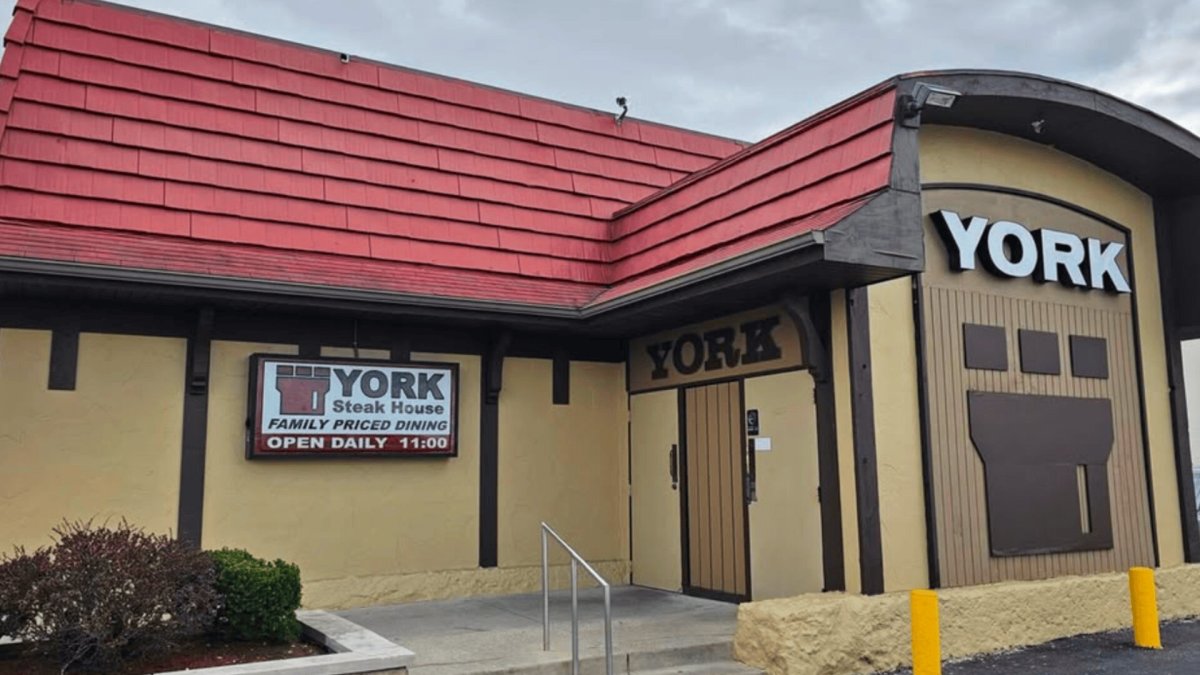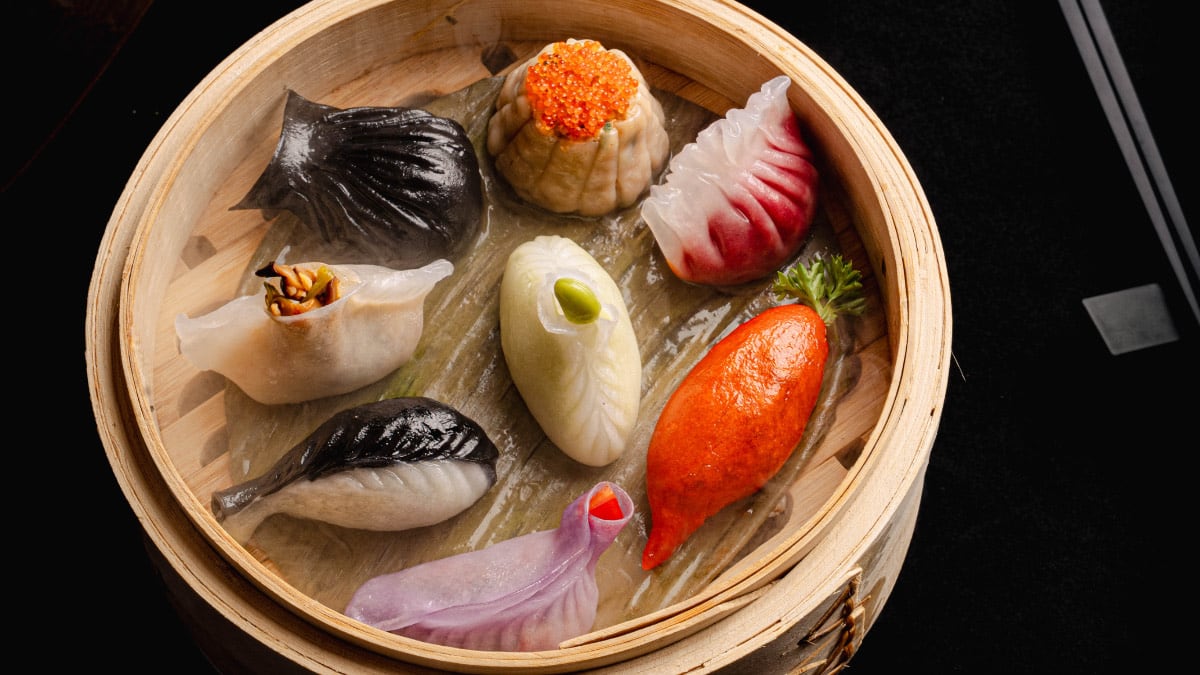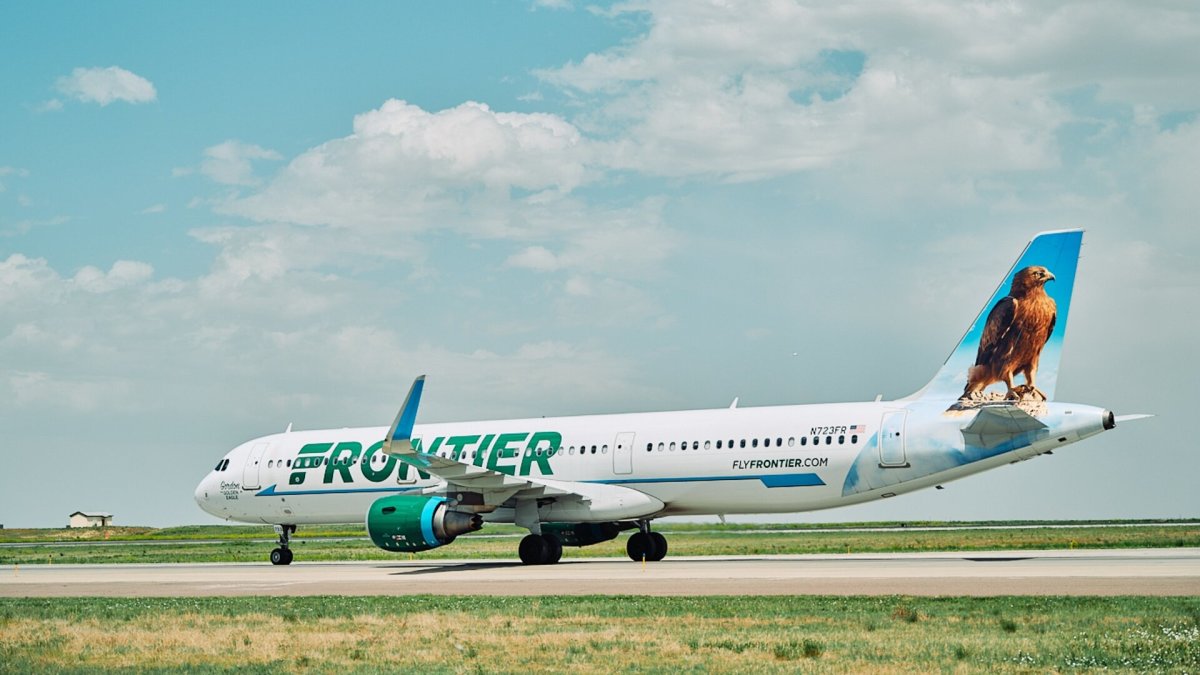Beloved family steakhouse has closed nearly 200 restaurants
Kids don't get to make many choices when it comes to meals. In general, parents and other caregivers set menus, pack lunches, and make other food decisions. That makes it exciting for children when they get to go to a restaurant and actually pick what they eat. When I was a kid, we ordered pizza ...

Kids don't get to make many choices when it comes to meals.
In general, parents and other caregivers set menus, pack lunches, and make other food decisions. That makes it exciting for children when they get to go to a restaurant and actually pick what they eat.
When I was a kid, we ordered pizza and Chinese food fairly often, and went out on special occasions. At most restaurants, that meant ordering off a kid's menu, which usually had limited choices.
At times, however, we went to a restaurant that was once very popular with over 200 locations nationwide in the 1980s. That chain, York Steak House, used a model that was part steakhouse, part cafeteria.
It was higher-quality food than a typical cafeteria-style restaurant, but you went through a line and made your choices. Side dishes, salads, drinks and desserts were on the line, as was your main course, which consisted of steak, seafood, and chicken options.
As a kid, it was an enjoyable experience, at least partially because you got to pick a dessert, which was not a common part of a restaurant meal, at least back in those days for my family.
York Steak House, like similar rivals Sizzler and Ponderosa, has dwindled to near nothing since its heyday. Unlike its rivals, however, which are still chains attempting to regain relevancy, York Steak House is now down to a single location.
York Steak House was a family brand
York Steak House as always a folksy, family-friendly brand. The content of a 1976 radio commercial shows off the brand's attempt to bring in customers.
The chain's last location in Ohio has been praised for sticking to what made the chain work in the first place.
"York Steak House stands as a delicious monument to the idea that when something works perfectly, you don’t mess with it," Jasper Miller wrote for Family Destinations Guide.
The restaurant itself looks like a monument to the past.
"This isn’t one of those places with Edison bulbs hanging from exposed ductwork or cocktails served in Mason jars with names longer than a Russian novel. No, this is a temple to beef, where the religion is perfectly cooked steak and the congregation has been faithful for decades," Miller added.
Related: Discount steakhouse chain closed over 600 restaurants, only 15 left
The remaining location has deep roots as its located in Columbus, Ohio, where the chain was founded.
"In 1989, as York Steak Houses were shuttering nationwide, long-time employee Jay Bettin purchased the W. Broad Street location in Columbus. Bettin made only minor changes over the years, adding a salad bar and brightening the dining room slightly while preserving the distinctive wood paneling and iron chandeliers that customers remembered," Food Republic reported.
The final York has since been sold.
"In 2024, Bettin put the restaurant up for sale as he prepared for retirement. Purchased by the owners of Starliner Diner, the new proprietors have promised to maintain both the classic menu and distinctive atmosphere, ensuring this unique piece of restaurant history will continue serving up steaks with a side of nostalgia for years to come," the website reported.
How York Steak House was different
- It combined steakhouse‑quality entrées with cafeteria‑style service. Customers would grab a tray and go through a line selecting sides and mains, rather than being waited on in full table service.
- It was located heavily in shopping malls and benefited from high‑volume mall dining traffic during the 1970s and 1980s.
- It kept pricing more affordable than many premium steakhouses by limiting menu complexity and using the efficient cafeteria format to reduce labor overhead.
- It used a fairly consistent décor and dining format (wood paneling, iron chandeliers, “castle‑theme” feel) across locations to create a recognizable family‑friendly brand experience.
- Instead of full waiter service, the model asked the diner to pay at the end of the line, thereby reducing tips and service cost, making the chain different from typical sit‑down steakhouses.
Source: Chowhound
Why did York Steak House fail?
"What made York Steak House stand out was its unique hybrid model: upscale steakhouse dishes offered in a self-service format. This balance of perceived quality and efficiency worked well until shifting mall economics and changing dining preferences undermined its appeal," Chowhound reported.
York Steak House's appeal faded as consumers were presented with more options.
"Like many other standbys of the golden age of mall food courts, York Steak House faded into obscurity. By the late 1980s, the York franchise began to fall apart," the website added.
More Restaurants
- Scandals force fast-food chain to close dozens of restaurants
- 30-year-old pizza chain closes all restaurants except one
- Texas Roadhouse rival shuts down several restaurant locations
Many, however, remember the chain fondly.
"Imagine grabbing a tray and sliding it along stainless steel rails while selecting a sizzling steak, baked potato, and Texas toast. York Steak House revolutionized the steakhouse experience with its cafeteria-style service that made premium cuts affordable for middle-class families," Nathaniel Rivers wrote for We3Travel.
York Steak House timeline:
- 1966: The first York Steak House opens in Columbus, Ohio, founded by Eddie Grayson and Bernie Gros.
- 1971: A second unit opens in the Maine Mall in South Portland, Maine, operated by Grayson’s brother, Howard.
- April 1977: The chain is acquired by General Mills. At the time of acquisition, the chain had about 150 units.
- Early 1980s: The chain reaches its peak size: nearly 200 locations in 27 states by 1982.
- Mid‑1980s: The decline begins: newer malls with food courts, saturation of the casual steakhouse market, and changing consumer habits reduce the chain’s viability.
- 1989: Most of the chain’s corporate operations are shut down. The franchise model remains in limited form, but the “chain” as it was known effectively ends.
- Post‑1989: Independent franchised locations of York Steak House continue to operate here and there; however, most close over time.
- 2024: The final remaining York Steak House (in Columbus, Ohio) is sold to Tim Burkhammer (previously owned by Jay Bettin).
- 2025: The singular remaining location is honored as a nostalgic relic of the brand and continues operating under its original cafeteria‑style format.
Sources: Axios, Columbus Restaurant History
What's Your Reaction?




















































